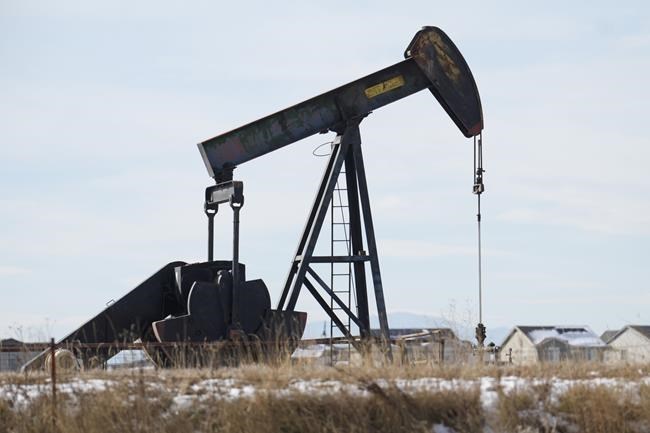WASHINGTON (AP) ŌĆö Wholesale inflation in the United States fell for a third straight month in December, further evidence that price pressures in the economy are easing.
The Labor Department reported Friday that its ŌĆö which tracks inflation before it reaches consumers ŌĆö declined 0.1% from November to December after falling 0.1% in November and 0.4% in October. Measured year over year, producer prices rose by a mild 1% in December.
Prices of goods fell 0.4% from November to December, pulled down by a steep 12.4% drop in the wholesale price of diesel fuel. Passenger car prices dropped 3%, and the cost of fresh eggs plunged nearly 21%. In contrast to goods, services prices were unchanged last month.
Excluding volatile food and energy costs, so-called core wholesale prices were unchanged from November and up 1.8% from a year earlier. Core inflation, by omitting prices that tend to fluctuate from month to month, is seen by many economists as a better guide to the direction of inflation.
FridayŌĆÖs wholesale figures, which were all lower than economists had expected, reinforced the view that U.S. inflation pressures are slowing, if not always consistently. The producer figures, which reflect prices charged by manufacturers, farmers and wholesalers, can eventually influence consumer prices.
After reached , inflation . But there have been blips along the way.
On Thursday, for example, the government reported that in December, driven mainly by housing and energy costs. But core consumer prices rose just 0.3% from November, unchanged from the previous month, and 3.9% from a year earlier ŌĆö the mildest 12-month pace since 2021.
The Fed began aggressively raising its benchmark rate in March 2022 to try to slow borrowing and spending and cool inflation. But as inflation measures have edged closer to its 2% year-over-year target, the central bank has left interest rates unchanged since July. Last month, the FedŌĆÖs policymakers signaled that they expected to reverse direction and .
Some Wall Street investors had expected the rate cuts to start as soon as March, earlier than most economists had envisioned. DecemberŌĆÖs faster-than-expected consumer inflation raised the possibility that the Fed might hold off on rate cutting until later this year. But Friday's softer wholesale price report could reassure the central bank's policymakers.
ŌĆ£The data show significant progress on producer prices,ŌĆ│ said Rubeela Farooqi, chief U.S. economist at High Frequency Economics. "For the Fed, todayŌĆÖs figures support the view that the policy rate is at a peak and the FedŌĆÖs next move will be to cut rates.ŌĆ│
She expects the first rate cut in June but said a March cut ŌĆ£cannot be ruled out.ŌĆ│
The FedŌĆÖs hikes in 2022 and 2023 raised its benchmark rate to a 23-year high of around 5.4%. Despite higher borrowing costs, the U.S. economy and job market have proved surprisingly resilient. The and has come in below 4% for 23 straight months, the longest such streak since the 1960s.
The combination of slowing inflation and a sturdy economy has raised hopes that Fed can pull off ŌĆö raising rates enough to tame inflation without tipping the economy into a recession.
Paul Wiseman, The Associated Press



